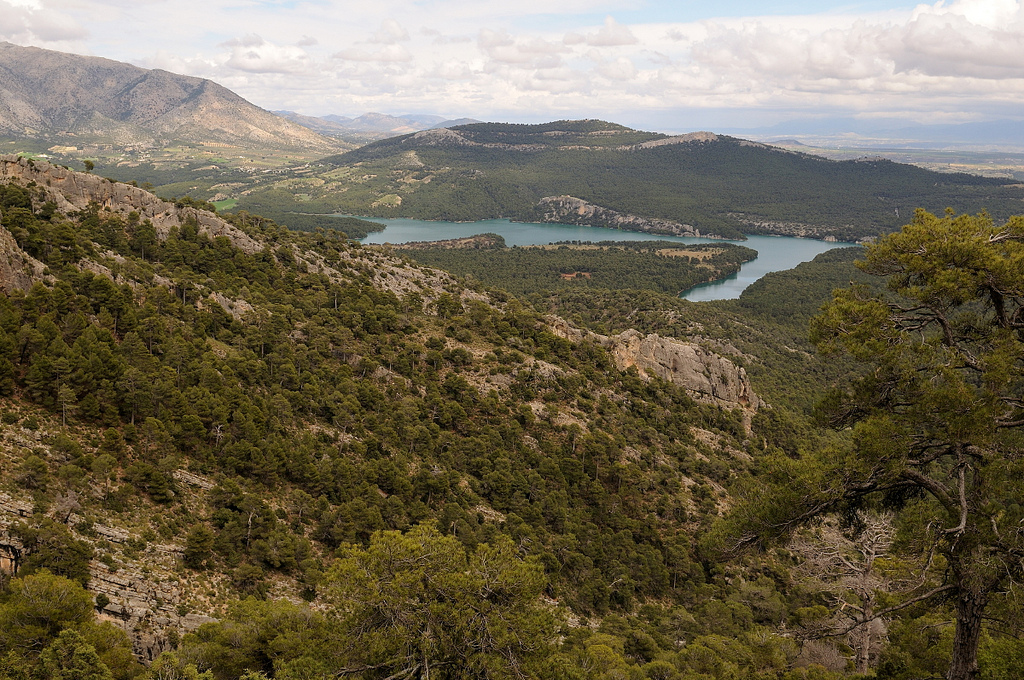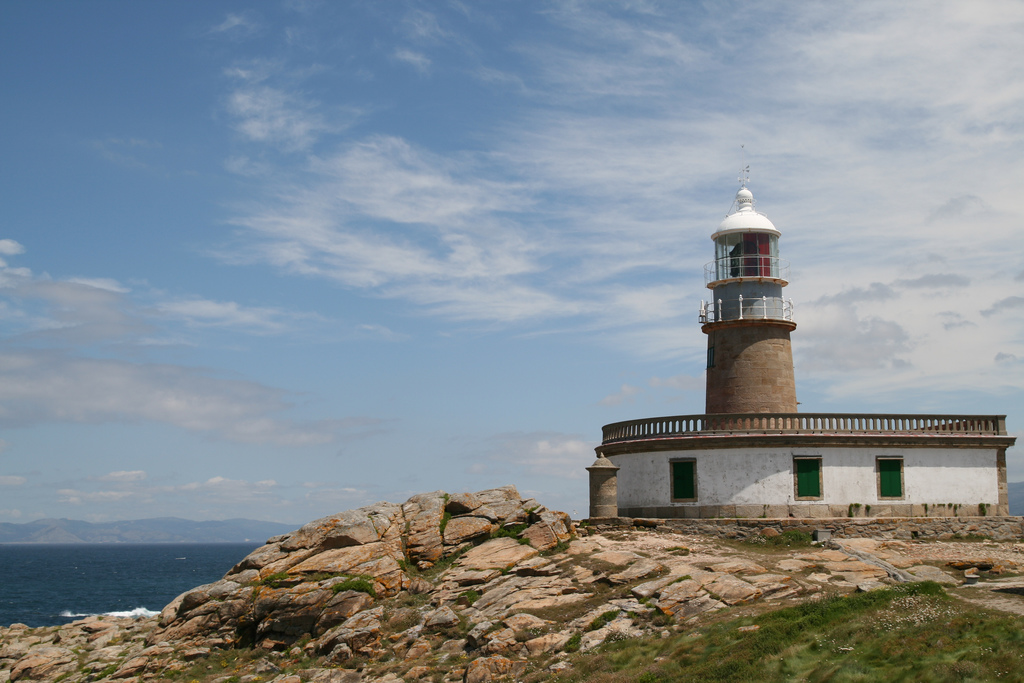With its mountain ranges, wide plains, and stretches of unspoiled coast, Spain has a rich and diverse heritage of natural landscapes. Areas of particular beauty, ecological importance or scientific interest are preserved as natural parks, which you can visit as part of your Spanish holiday. Car hire in Spain is an ideal way to explore, it´s available at most ports and airports not forgetting the many smaller towns as well as the larger cities, making it easy to get around this fascinating country.
These large areas of preserved, unspoiled terrain mean Spain is home to a wide variety of wildlife, including many species not found outside the Iberian Peninsula. Among these are the Iberian lynx, regarded as the world’s rarest big cat, and the Iberian wolf. More easily spotted are wild boar, several species of deer, otters, red squirrels, Pyrenean desmans, and genets. Hundreds of wild bird species can be observed, including the golden eagle and griffon vulture, while botanists can enjoy everything from towering cork oaks to tiny orchids.country.

- Breathtaking views of the Sierras de Cazorla Park by Paulo Etxeberria
The largest natural park in Spain is the Sierras de Cazorla, Segura y Las Villas Natural Park, where visitors can explore natural limestone formations. The Dunes of Corrubedo National Park, in the region of Galicia, is an area of wetlands, lagoons and sand dunes. The As Fragas Do Eume Nature Park, in the same area, has remained virtually unchanged since the Stone Age. Birdwatchers should head for the Cabaneros Natural Park, or, for seabirds, the Islas Atlanticas National Park, accessible by boat in the summer months. Outdoor activities are also catered for, whether you fancy potholing in the caves of the Sierra de las Nieves or walking in the Alpujarras of Andalusia. The Picos de Europa national park offers kayaking, rock climbing, white water rafting and more.

- Corrubedo Lighthouse by Bernt Rostad
To see more exotic wildlife from around the world, as well some of the rarer creatures of Spain that you are unlikely to come across in the wild, visit one of the countries many zoos or safari parks.
There have been zoos in both Madrid and Barcelona for many years. Barcelona Zoo was established in 1892, and houses predators, small primates, parrots and reptiles. The Zoo Aquarium de Madrid has a diverse collection of species, with giant pandas among the most unusual and popular.
The Iberian wolf, elusive in the wild, can be viewed in conditions closely approximating its natural habitat at Canada Real, near Madrid, along with the Iberian lynx. Cabarceno Natural Park is another wildlife park which gives the animals as natural an existence as possible. Here, as well as native species, animals from all over the world, including lions, tigers, African elephants and grizzly bears, can be seen.
Spain’s warm, sunny climate, especially in the south, means it is well suited to outdoor aquatic exhibits. Mundomar, on the Costa Blanca, has dolphins, sea lions and penguins among its exhibits, and shares its site with the Aqualandia water park. Selwo Marina offers visitors the opportunity to swim with some of the animals. The impressive archtecture of L’Oceanografic houses nine underwater towers inhabited by sea creatures, while the Aquarium Finisterrae is an aquarium with interactive and educational displays, promoting knowledge and care of the world’s oceans.
Whether you are looking for a day at the zoo or a week of hiking in the mountains, Spain has an amazing wildlife experience for you.
Editor´s Note:
This post was written by Chris Mann, a Bangkok-based travel writer. I must add a little personal touch to his interesting article, though it´s more for the bizarre aspect of it than to offer an actual recommendation. I once went to a film festival in Spain and stayed at a hotel with a sort of embalmed animals zoo. It was horrible to see the beautiful animals frozen in time like that, I mean real animals, not replicas, beheaded giraffes, lions in a position of attack, giant crocodiles with an open mouth, all in their glass cages, surrounded by their fake natural environment. Apparently the guy who made that strange museum was Franco´s private embalmer, which added more of a sinister touch to the story. You can read the poem I wrote about it here: Zoograveyard. I have seen many wonderful places in Spain, but the talk of wild animals from the Iberian peninsula just reminded me of this. I look forward to having another article by Chris on The Wander Life soon.